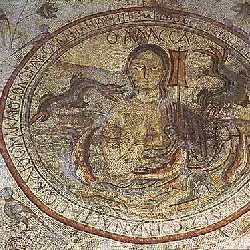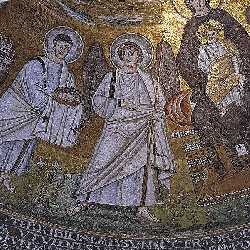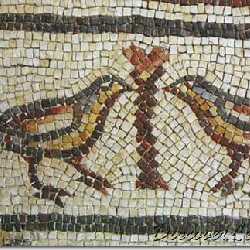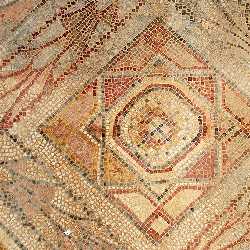
Madaba’s Mosaic Map in Jordan
Posted on Feb 16 2018
Most mosaics in Jordan are really old; going back to as far as the 1st century AD. Mosaics had a decorative purpose and depicted scenes from the everyday life whereas mosaics in Churches depicted stories from the Bible. With the representation of living creatures forbidden in Ad 726 by Emperor Leo, most of the mosaics at that time were badly defaced. Those that remained intact are mosaics... READ MORE Mosaic in Lebanon: Verdun Water Fountain
Posted on Feb 16 2018
Verdun is a well-known up-market shopping district in Beirut that is always congested with endless traffic. With the help of the Verdun Merchant’s Association, Marco Bravura, a sculptor and university professor from Ravenna, Italy, worked on a public mosaic sculptured fountain. The idea was to symbolize the Arab Phoenix marking both the city’s postwar rebirth and Lebanon’s... READ MORE 
Euphrasian Basilica: A Testament to Mosaic Medallions
Posted on Feb 16 2018
Chances are, you’ve never heard of Porec. Yet this small town on the Istrian peninsula is one of the most visited tourist destinations in Croatia. Its most well known attraction is probably the Euphrasian Basilica, a paragon of religious architecture. Built in the sixth century during the period of Bishop Euphrasius (to whom it owes its name), the Basilica combines elements of... READ MORE 
Mosaic in Lebanon: Beiteddine
Posted on Feb 16 2018
Mosaic is spread all around the world; including Lebanon. Should you ever visit this beautiful country in the Middle East, make sure you visit Beiteddine Palace; which means the House of Faith, in Chouf. It took a long 30 years to build the Palace. It is made of three main courtyards, huge vaulted stables, small museums, guest apartments, water fountains, marble portals and marquetry, and... READ MORE 
Ancient Roman Mosaics
Posted on Feb 16 2018
Mosaics in Ancient Roman times were a sign of power used to reinforce social structure and social position; they used to be commissioned to cover surfaces with the purpose of preservation or decoration. They were made in a way to complement Roman painting. Mosaics were in demand mainly for being more durable and more vibrant than paintings; archaeological findings are an irrefutable proof... READ MORE 